Interview with Lani Kingston by Ayanda Dlamini
A thoughtfully designed cafe has the ability to take you to another place and to make your coffee taste that much better. Lani Kingston, author of new coffee table book, Designing Coffee: New Coffee Places and Branding, says it best:
“Everyone has walked into a coffee shop that just feels right. Sometimes, you can’t even pick out exactly what it is that makes this place feel so on point – is it the colour of the wallpaper? The pairing of the logo graphic style with cohesive typography? Is it that the space fits into its broader urban context like a hand in a glove? The best designed coffee shops make you want to stay, sip a little slower, and come back again tomorrow.”
Lani’s books are the kind every coffee geek seeks. Nuggets of information. Little known facts. Sheer visual pleasure. Her debut, “How to Make Coffee: The Science Behind the Bean” alongside her cultural investigation “Spill the Beans: Global Coffee Culture and Recipes”, as well as her most recent book are all beautiful documentations of our coffee world.
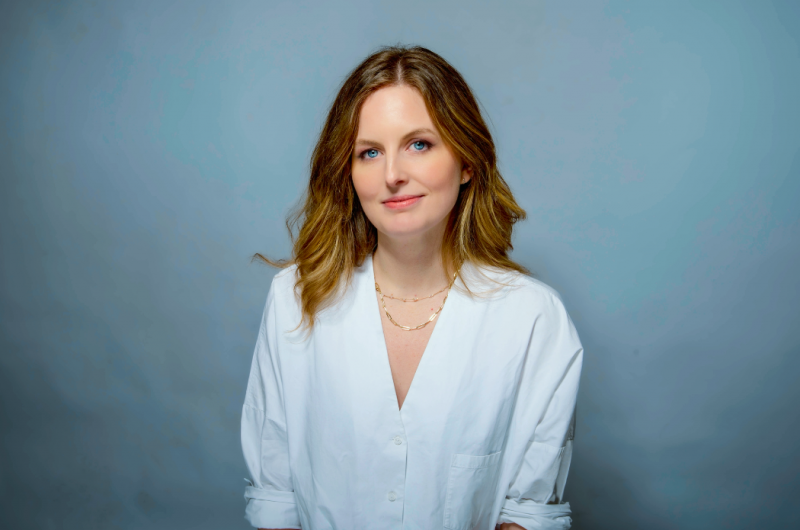
Portrait ©Cody Onthank
But Lani’s resumé reaches far beyond these bestselling books. She can currently be found at Portland State University, USA, where she developed and is instructing “The Anthropology of Coffee,” a course blending history and anthropology to explore coffee’s global cultural impact from the 6th century onwards.
Lani initially found herself immersed in the world of visual arts, dipping her toe in film and television. Her heart, or perhaps her taste buds, craved a different narrative - one written in the rich flavours and aromas of the culinary and coffee world. So she entered the kitchen and stepped behind the espresso machine. With a list of degrees and work experience longer than your arm, she now not only produces these beautiful books and teaches, she also consults and creates.
Lani stands as a blueprint for aspiring storytellers, illuminating a path driven by passion, versatility, and a relentless commitment to reinventing ones craft. She is a woman who has poured her heart and soul into every cup of coffee and every page of her books.
Through the vast amount of research necessary to make her books successful, Lani has more than a few insights on what makes a cafe or packaging design concept successful.
What do you think makes great cafe design? Did you have any specific criteria when you were scouring the globe for worthy cafes to feature in your latest book?
I specifically look for coffee shops and cafes that deliver an interesting, unique, and/or inviting customer experiences from beginning through end. A café might have excellent coffee and wonderful customer service, but the seating might be too uncomfortable or the music too loud, or the layout of the space too busy and frantic. The customer base may want to sit down and enjoy for a while, but the bar design favours those who are coming in for takeout. I look for a café that understands its customer and considers the ideal utilisation of the space in its design and layout. In addition, I look for ‘easter eggs’. By that I mean, unique and individual quirks of design that show off a sense of character.

Does (or should) aesthetics trump function at any point?
It really depends! If we are looking at bar design, I would say rarely should aesthetics impede efficiency and workability of a working area. If we are looking at the customer space, for sure. A great example would be the Budapest Café in Chengdu, China – they have ample space for seating, so they don’t need to worry about the efficiency of their seating areas. This allows them to use a large portion of the main floor for a single hanging chair and a ball pit! Other areas showcase staircases that lead to nowhere, or interesting installations that take up a large amount of space yet provide minimal seats – all of this adds to a quirky, whimsical air which creates the cafe’s point of difference.

Can you narrow down a couple of favourites and why they speak to you?
I love Fritz Coffee in Seoul, not only because they were one of the first coffee brands that kicked off my interest in the overlap between specialty coffee and design, but because they are so considered in every element of their brand identity and how it is applied across their many varied locations and products. As they take over old spaces in Seoul and transform them into bakeries and cafes, there was not a one size fits all approach to their design. As such, they are a perfect example of cohesive, not consistent, design, which I think is a very important principle within food and beverage business branding.
We’ve all been in cafes that on the front, look very stylish and considered, but just take the one logo and colour and apply it to everything. It can look beautiful, but, it’s often quite boring. You know what everything is going to look like before you walk in the door.
Then there are those cafes that utilise cohesive design practices, that look at each element of their café and design it individually, in a way that all of the pieces come together harmoniously as a whole. An excellent example of this is BOB Coffee Lab in Bucharest: their logo changes type across different applications – their graphic style adapts and flows depending on the application – the drawings that adorn their cups and t-shirts are all different. What ties them all together is a heavy leaning on black and white line drawings, a theme of dogs, and text types that look like they are either exploding or melting. These elements sound like they wouldn’t work together, but somehow, they do! These cohesive branding projects mean that there is always something more to discover or explore, captivating a consumers attention for longer and keeping them coming back.
We love coming across unique packaging, it creates an expectation of deliciousness inside! Is investing in packaging worth it from what you have seen in the market?
Absolutely! Packaging isn't just a wrapper; it's the first impression, the silent storyteller, and the tactile connection between a coffee brand and its audience. Great coffee brands are now ubiquitous – good coffee isn’t enough. Consumers now have the choice between dozens or even hundreds of local coffee brands, and more often than not develop a fairly unshakeable brand loyalty once they find a blend they like. So what’s going to make them choose one brand over another when there are so many options on the shelves? Packaging! It’s more than just a vessel; it's a canvas to showcase the brand's essence.
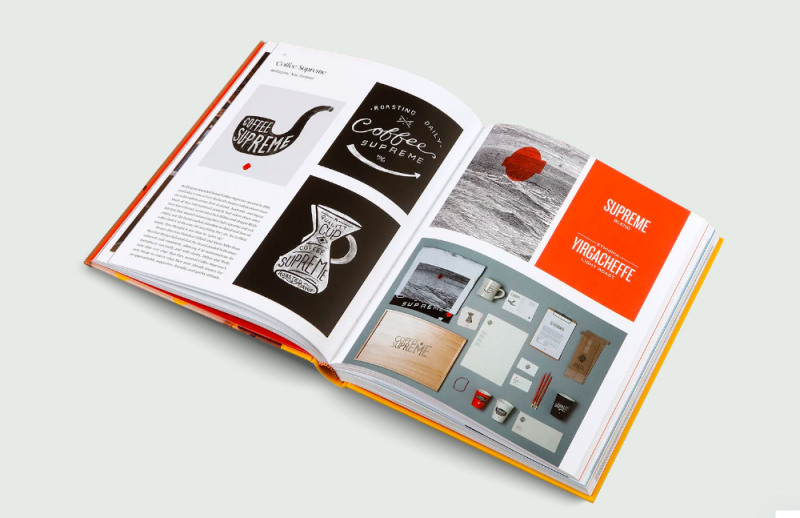
Can good design bridge the gap between consumers and coffee professionals?
Design is the language by which we communicate every element of a brand, product, or story. It is of key importance for a brand to develop an identity that communicates their product, intention, and what experience a customer can expect, efficiently and effectively. These days, many consumers are well educated on the idiosyncrasies of specialty coffee, so it is much easier for brands to use common elements to communicate their brand intentions. For example, including the latitude and longitude of the location where the coffee is grown, or the name of the coffee farm on the packaging can communicate intentional sourcing and transparency in the supply chain. The use of kraft paper can communicate a dedication to sustainability – and so on. There are many common design elements that can help a customer to align themselves with a brand. On the inverse, coffee companies should make sure the ‘persona’ their brand identity is revealing aligns with their philosophies and intentions.
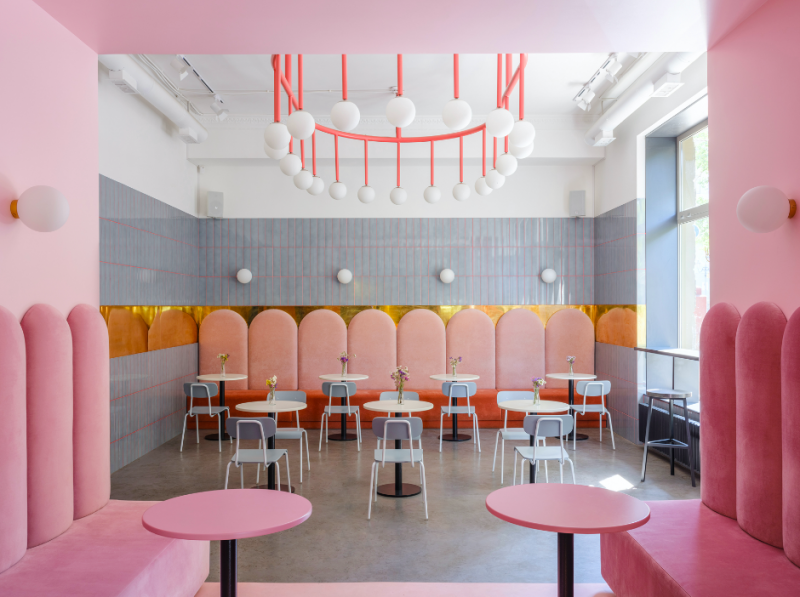
Breadway Bakery, Odessa, Ukraine. p.214 Photo Mikhail Loskutov, Designing Coffee, gestalten 2023
Can you share a bit about what initially inspired you to write books about coffee and your culinary background ?
I always loved eating but I could never cook anything at all. My mom would always make jokes about how I couldn’t even boil an egg. When I went off to college, I really loved food but I could never cook as well as my mom did back at home. During this time I was working on a documentary for a production company in Australia. It was about the contributions immigrants have had on Australian culture. My job was allocated to research and to write stories that we would be covering, everything from sports to design, architecture and food and wine. At some point of this project, my producer came up to me and said “Lani you’ve done a phenomenal job in the food and wine categories, your stories there are great but you haven’t written anything for sport or for design or architecture”, and it was at that moment I realised that I was interested in food media.
From there, I decided I wanted a career in writing and I went back to school and studied my Masters in Food Studies, majoring in Food Writing and Journalism. I also trained as a Pastry Chef, where I explored my interests in the anthropology of food and food cultures. I really dug into the research side of things. Like how, food has shaped different cultures around the world. I had begun writing a few articles and some travel culinary articles for magazines around the world, and in 2013 a publisher in London reached out to me. They had read some of my work in the magazine and were interested in me writing about coffee. At that point I was very much immersed in the food side of things and I had never drunk a cup of coffee in my life - but then again, no one should turn down a book deal.
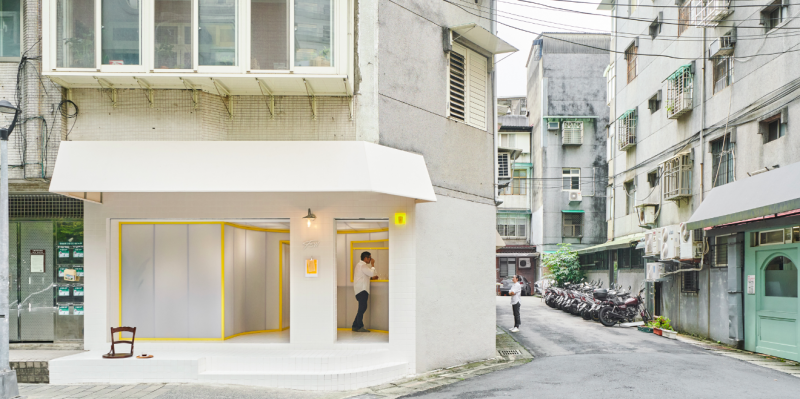
Imposter syndrome is a common feeling among writers, having not had a lot of coffee experience before writing your first book, did being a rookie come with challenges for you ?
I decided I would learn everything and anything I could about coffee. It was baptism by fire, I was really thrown into the deep end and had to make it work. I haven’t had a traditional pathway to coffee and as a result, my focus as a coffee writer has been on very specific subsets, like coffee culture, coffee history and how to build a cafe space. That’s what I’m good at! Whereas, if you asked me to pour latte art I would not be able to.
I think I had the confidence of youth up my sleeve. I was 23 when I was working on my first book and honestly if I was faced with the same thing now I would be terrified. But at the time I was just in the mindset of “I’m not turning this opportunity down and I’m going to make this work”. I’m definitely an example of 'fake it till you make it,’ because I did not know the coffee industry at all and now I’m a part of the educational programming for the US’s longest running specialty coffee show, which requires quite a comprehensive understanding of the industry. I really do feel like a lot of people in the industry have that imposter syndrome, probably for a lot of their career too, because the coffee industry is constantly changing. We always need to dedicate ourselves to a lifelong passion for learning.
As an author in the field of coffee and culinary arts, how do you hope your work impacts readers’ appreciation and understanding of your work?
I have always been about storytelling. When I think about my writing, It’s more about how I tell these peoples stories in a way that respects them, and showcases their amazing work that they’ve done. It’s funny cause, it’s only up until 4 or so years ago when I thought about how people actually read my books.
Could you tell us about a particularly memorable experience or person you encountered while researching the industry?
I was on contract for a green bean company out of Guatemala and I was contracted to do all of their writing, farm documents and photographs for their new harvest. So I took a trip out to Antigua and I had this guy message me on my Instagram, and he saw that I was in Guatemala and he was ecstatic. I mean, he was really so happy and said “You’ve come to my home country, please come to my coffee roastery, I really would love to welcome you here.” And I showed up and he was just completely overjoyed that I had gone to visit him. He then showed me his very worn-down copy of “How to make Coffee”. He shared with me that before he was part of the coffee industry at all, someone had given him my book, because he liked drinking coffee. It had inspired him so much that he had opened his own coffee company, and now has a very successful roastery. That was the very first story I’d heard of how my writing had helped and inspired people.
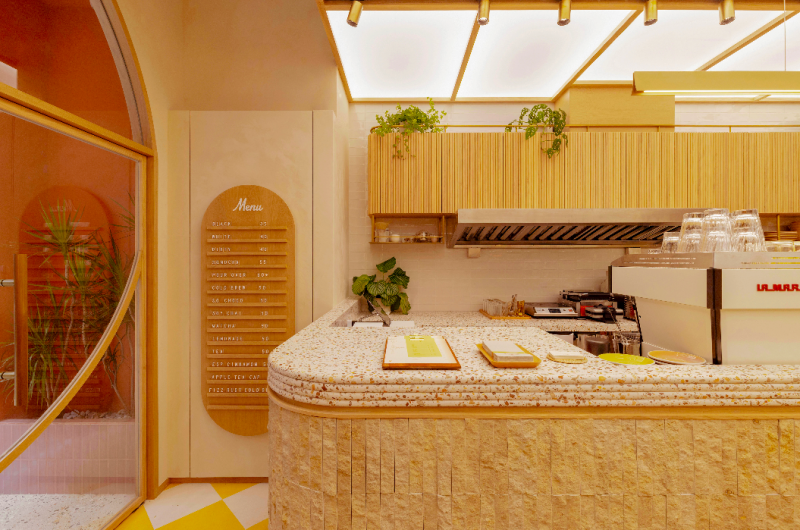
Designing Coffee features a South African Cafe, in your research journey how did you come across this cafe ?
I really wanted Designing Coffee to have as many different countries as possible. The South African feature in the book was the Barn Owl, I’m yet to travel to South Africa but luckily could rely on some researchers that I was working with through the publishing company, to try and seek out really great locations that I hadn’t been too. I actually came across the Barn Owl in a blog somewhere and I just really loved the way that the space fit in with the surrounding environment and how it almost looks like a greenhouse in the midlands, I think it's a really beautiful spot.
Which one of your books is your favourite?
Spill the Beans!
I’ve loved working on all my books but Spill the Beans is a project that took me about 6 years to make. I didn’t have a publisher for it at the time but knew I wanted to write it. When I started exploring and discovering other coffee cultures, initially I had thought it would make sense to be a series in a magazine. Until I realised, this has to be something big, a hardcover book doing the world of coffee justice through a publication. It reflects a lot of how I like to live my life, traveling the world and discovering stories and recipes and collecting them. I’m not sure there will be another book that I will write that feels quite as much as a summary of my life’s work than this one.